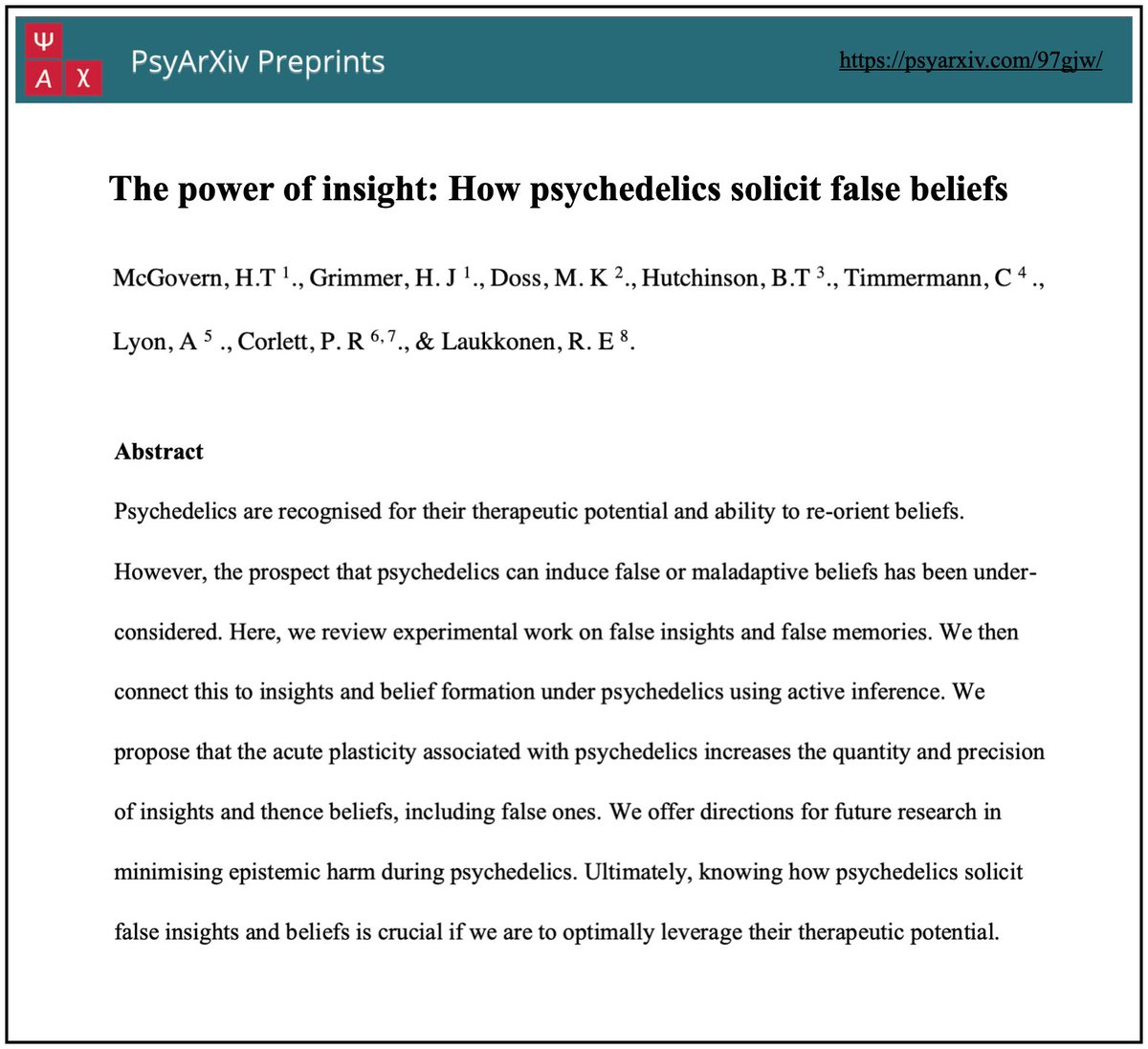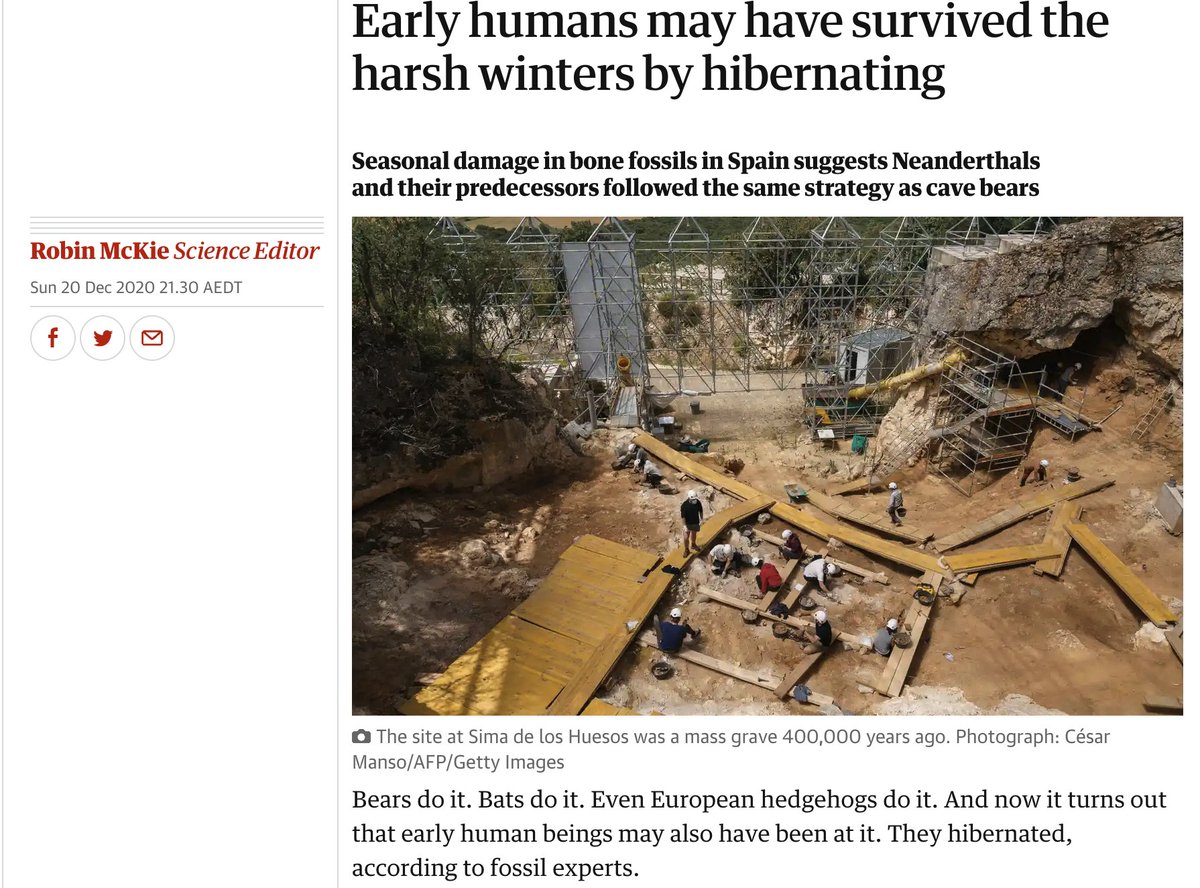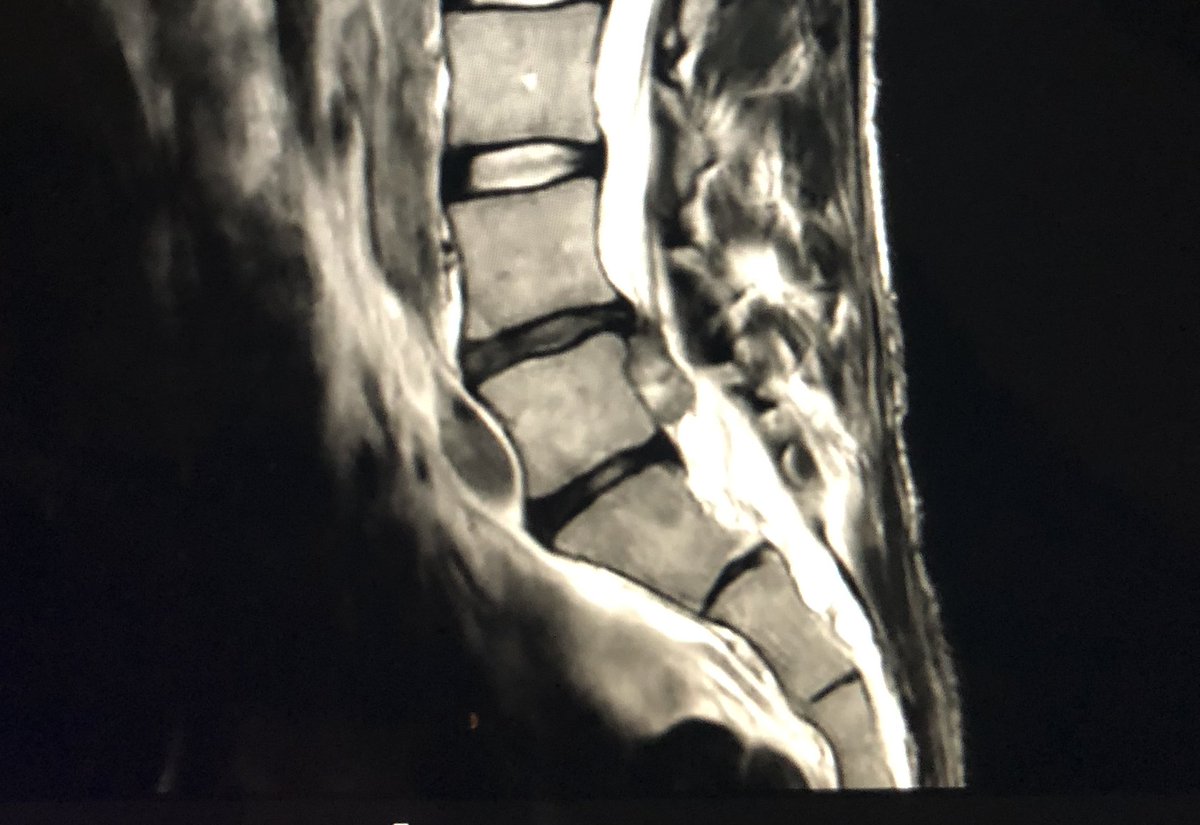So stoked to share this!
I’ve never worked harder on a paper.
Insights are inner markers of transformation—the line in the sand between perspectives on reality. But why do they feel the way they do? What's their purpose? How can we use them wisely? Starts easy and gets deep 👇

I’ve never worked harder on a paper.
Insights are inner markers of transformation—the line in the sand between perspectives on reality. But why do they feel the way they do? What's their purpose? How can we use them wisely? Starts easy and gets deep 👇
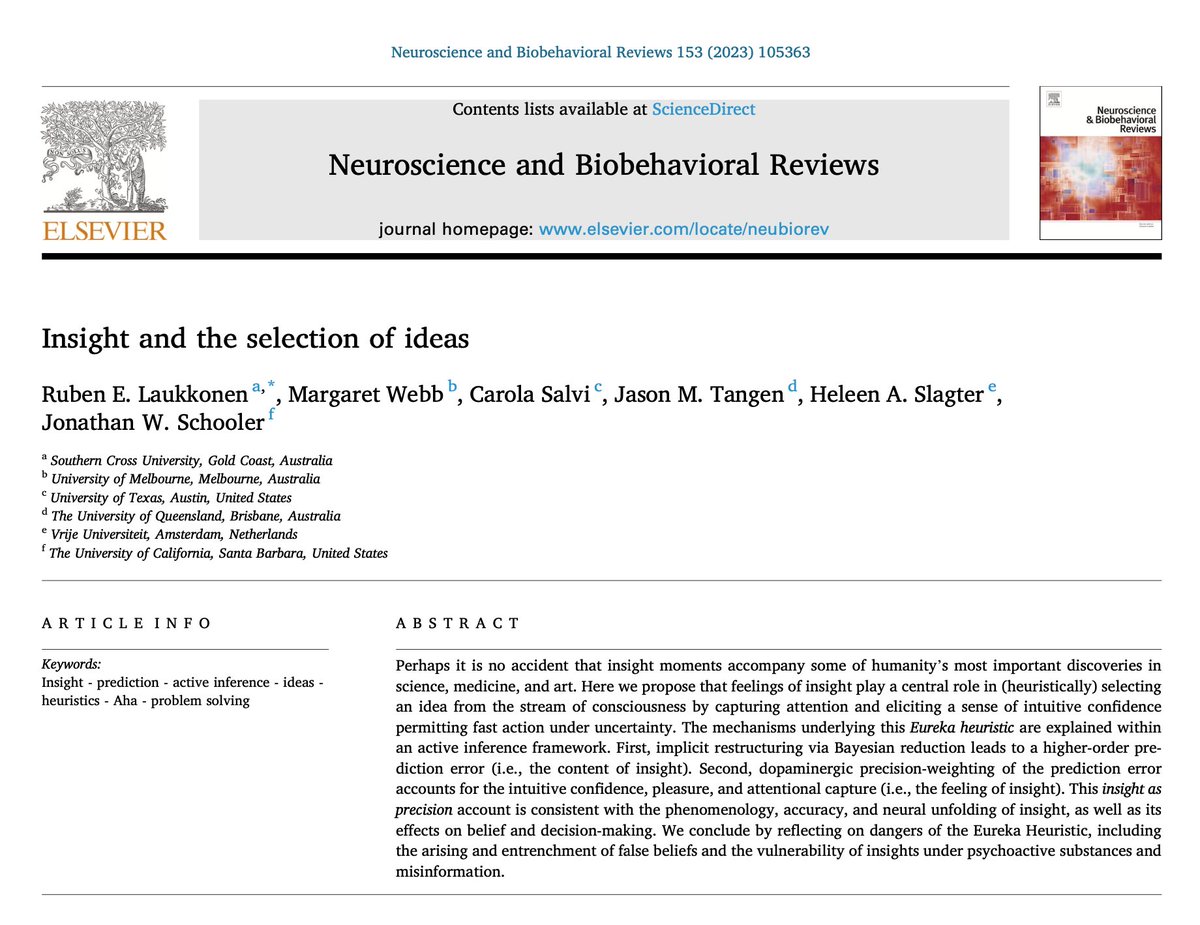
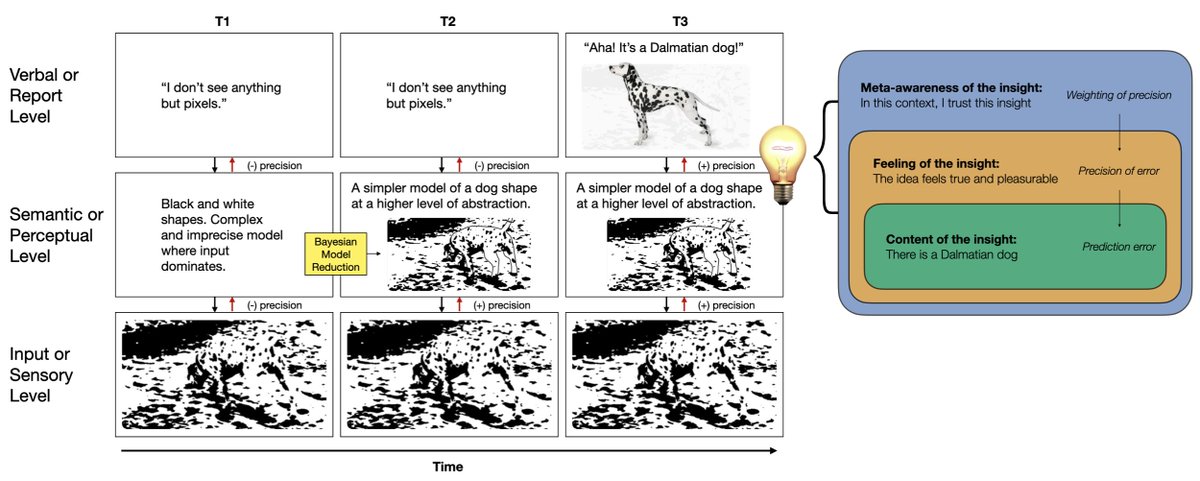
But first, thanks to a stellar team: Maggie Webb, @CarolaSalvi, @tangenjm, @HeleenASlagter, @JonathanSchool6.
So, what is the function of insight?
Think about it—there’s no obvious reason why we should feel ideas at all. We came up with idea, so why should it surprise us? Why imbue the ideas with this powerful noetic sensation?
Think about it—there’s no obvious reason why we should feel ideas at all. We came up with idea, so why should it surprise us? Why imbue the ideas with this powerful noetic sensation?
We argue that the feeling of insight is like a light that guides the incognizant mind in choosing from myriad ideas appearing in consciousness. The unconscious produces endless content, but we need to select the good stuff. We need to feel out the good stuff. 

Insights boost confidence, grab our attention, and interrupt our mind-stream to say, “Hey, this idea is decent and maybe worth acting upon”. We call this the Eureka Heuristic. Useful when running away from lions.
That is, insights provide the conscious mind a heuristic, feeling-based, way to resolve the uncertainty about ideas that emerge from the depths of the unconscious. Cost-benefit analyses are too slow. Science is too slow.
In a way, it’s the unconscious mind speaking through feeling about its own novelties. For instance, embodied feelings of insight tend to predict accurate ideas prior to any metacognitive reflection. Yet, the feeling can also make beliefs seem true even if they’re not. 

We’re clearly not privy to why insights work and why we trust them. In the best case the heuristic works, and we solve some of the universe's mysteries through magnificent moments of revelation. In the worst case, they make delusions and psychotic visions seem indefatigably true. 

Context, prior learning, and states of mind, all play a key role in determining how well the heuristic works. We discuss the influence of drugs, misinformation, misattribution, and the “insight fallacy”. We demonstrate how easy it is to break it. 

That’s the big picture—but how does it actually work? What are the mechanisms? What would it look like to have a deep-learning AI system that had insight experiences? 

To unpack the mechanisms of the heuristic we turn to active inference and the free energy principle (surprise, surprise). Here we propose three basic steps to explain the unfolding of insight across the neural hierarchy (stick with me). 

Part 1: Unconscious work occurs via “fact-free learning”. By optimising existing models and selecting the most parsimonious explanations of what we already know (e.g., synaptic pruning) we arrive at new visions of reality without new input (i.e., fact-free). 
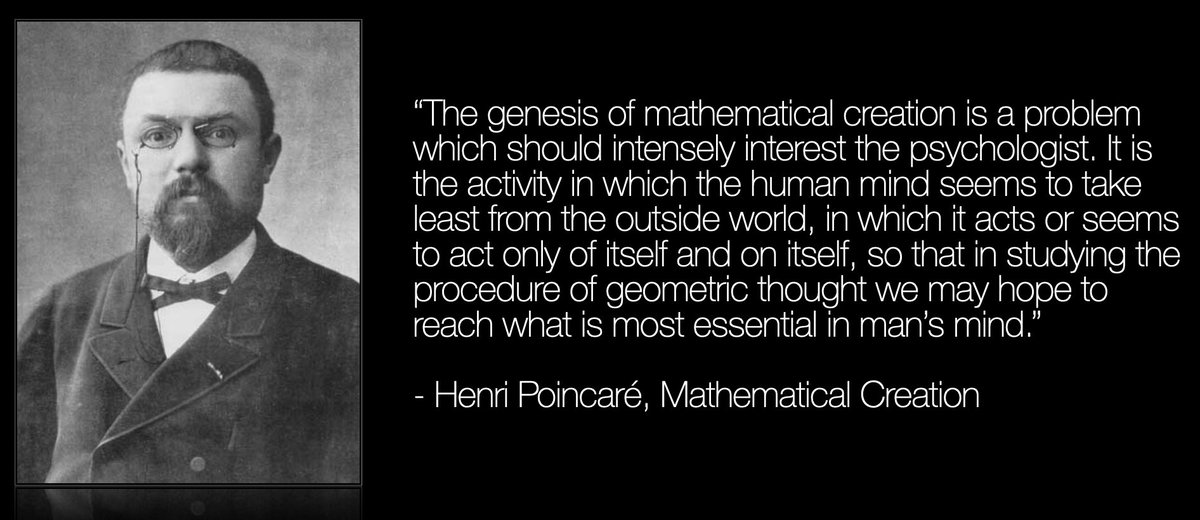
Technically called Bayesian Reduction. Well supported by implicit processing underlying insight. Karl Friston (et al.) said it was: 

Part 2: This unconscious work leads to an ascending prediction error because the new unconscious discovery is novel to the rest of the system at a higher level. The new stone is sculpted out of the depths but the rest of the mind is yet to catch up.
This is well supported by neural evidence of prediction error-like ERPs during insight. See also Dubey et al. (2023) for a nice example in the meta-cognitive timing domain.
But that’s not the whole story. What explains the powerful phenomenology of insight? The rush of noetic pleasure? The quintessential Eureka moment of Archimedes… 

Part 3: We propose that the feeling is a second-order inference known as precision weighting. Precision is an exceptional computational fit for the feeling of insight. Here’s why:
Precision is the *expected uncertainty* of the prediction error. Low expected uncertainty signals trustworthiness given prior learning. Thus, the insight experience signals a trustworthy idea. It's an inference about the quality of ideas.
Precision is also used to account for attention and confidence and is thought to be modulated by dopamine. Insights capture attention, induce confidence, and are associated with the reward system. The synchrony is hard to overstate. 

If you’ve made it through the dense part, here are some bonus ideas that I think make the future of insight research really bright. We pose the following question, prompted by a clever reviewer: What is it that has the capacity to reflect on the emergence of insight?
Clearly, we possess the capacity to be aware of our insights and even choose to ignore them. We can even write scientific papers about them. Fascinating. We propose this perhaps ‘highest’ order inference is meta-awareness. So, put together, it works like this:
1. Unconscious produces new idea (prediction error)
2. Feel how good the idea is (precision)
3. Be meta-aware of how reliable the feeling is in a given context (precision of precision)
Cf. Sandved-Smith et al. (2021).
2. Feel how good the idea is (precision)
3. Be meta-aware of how reliable the feeling is in a given context (precision of precision)
Cf. Sandved-Smith et al. (2021).
But just because we have a capacity doesn’t mean we use it well. One cash value suggestion is that we might be able to train meta-awareness capacities to help us better navigate and utilise our insight experiences wisely.
To simultaneously draw on their wisdom while also recognising their inherent limitations as an inference drawn from past conditioning. Think about this in the context of learning, politics, science, and especially… psychedelics.
There are also tools that train meta-awareness and dereification. Applying this to insight could prove fruitful in reducing over-confidence in false insights. Such a meta-insight may be a protective capacity in contexts of high epistemic uncertainty… or high entropy.
There are many other concrete predictions in the paper, e.g., how drugs that tonically increase dopamine could mess with insights. If you want to learn more about how this framework applies to psychedelics specifically, see our recent preprint:
psyarxiv.com/97gjw/
psyarxiv.com/97gjw/
And if you want to see my unhinged take on psychedelics, epistemic foraging, seeking truth, and awakening in meditation, see my recent Substack article:
Epistemic Foraging in Cow Shit:
Psychedelic delusions as a step towards true awakening
rubenlaukkonen.substack.com/p/epistemic-fo…
Epistemic Foraging in Cow Shit:
Psychedelic delusions as a step towards true awakening
rubenlaukkonen.substack.com/p/epistemic-fo…
Thanks for reading and many thanks to coauthors, students, and reviewers.
• • •
Missing some Tweet in this thread? You can try to
force a refresh

 Read on Twitter
Read on Twitter

